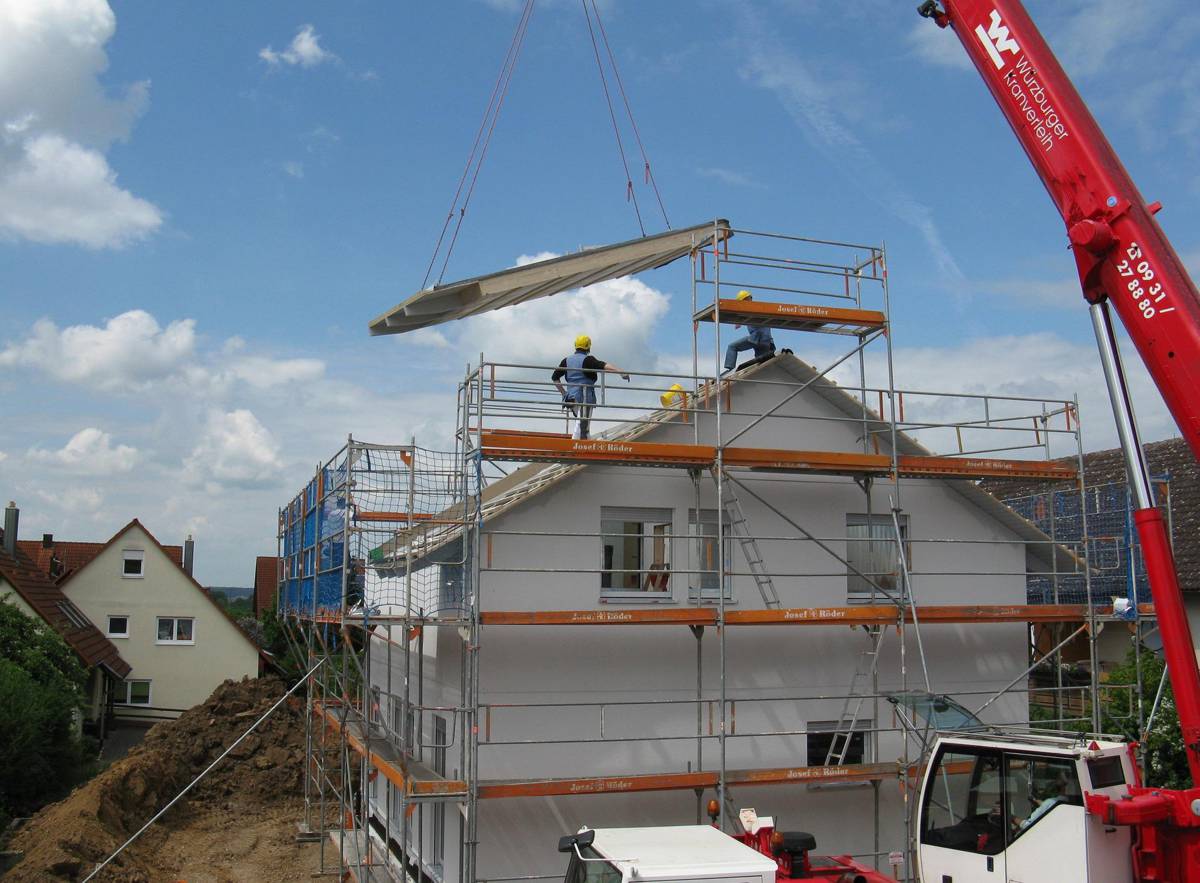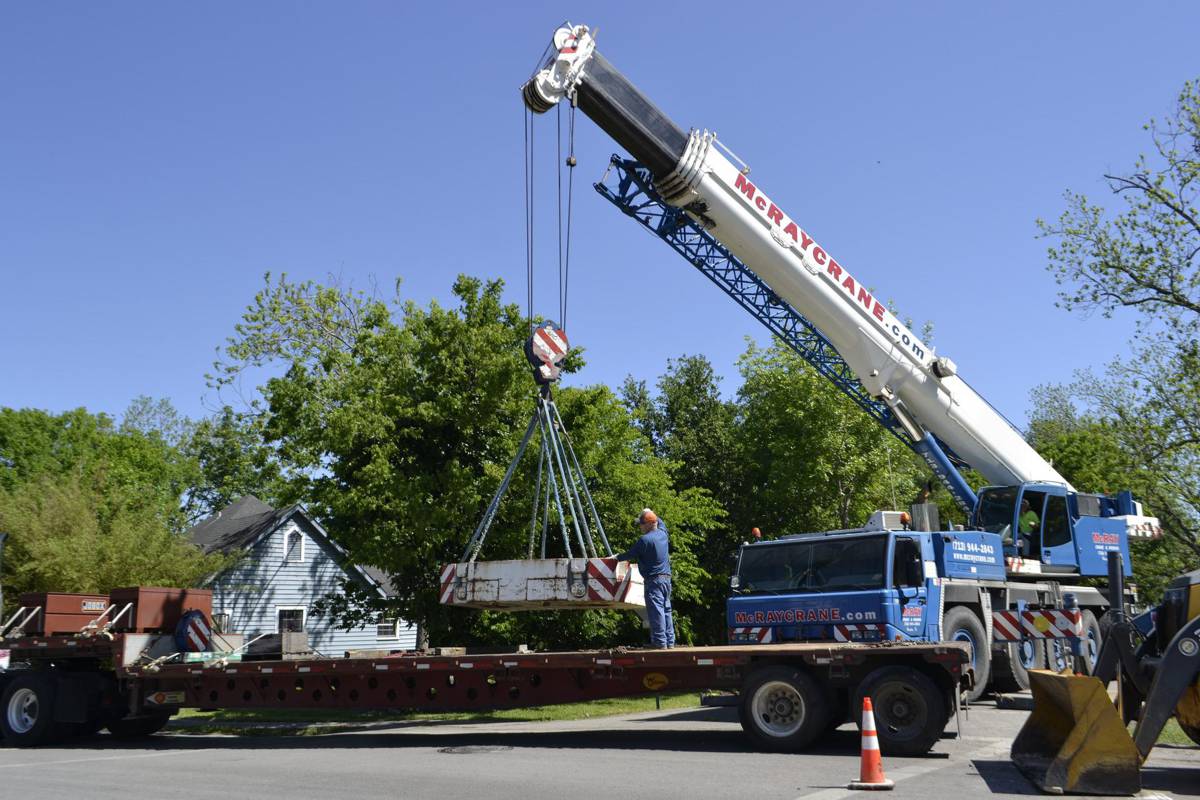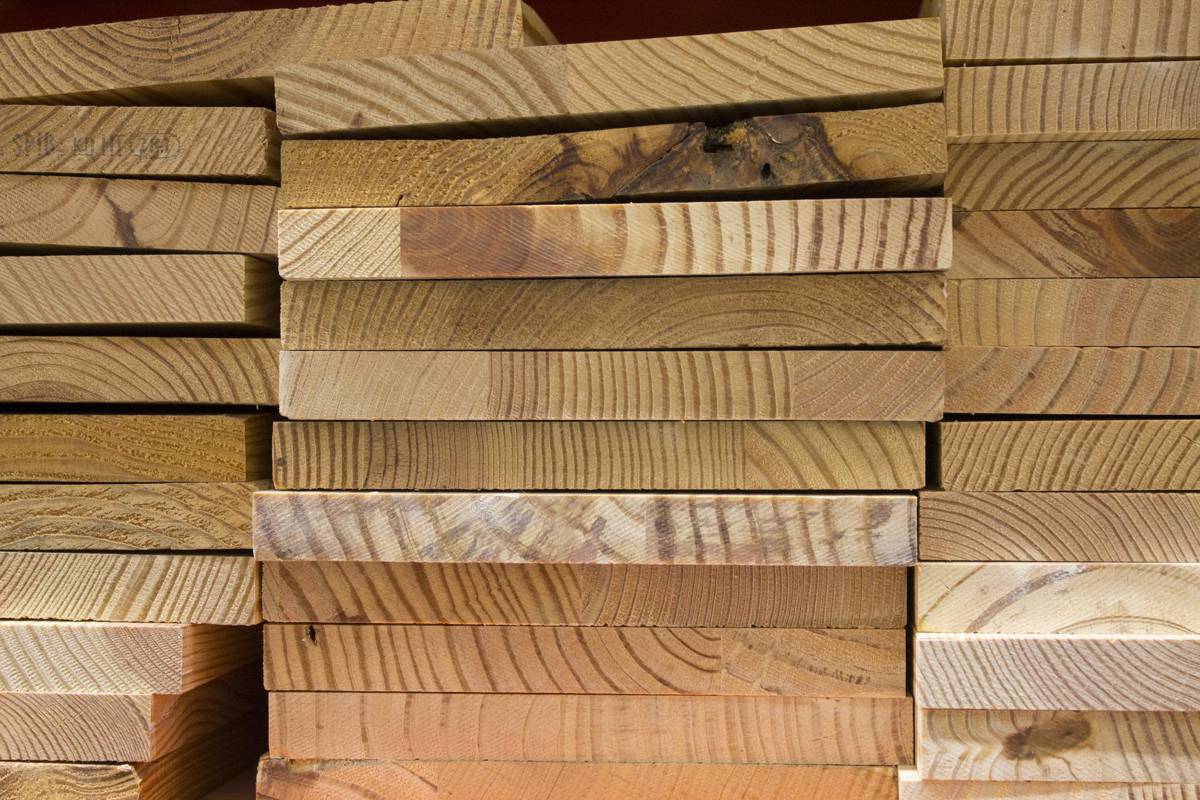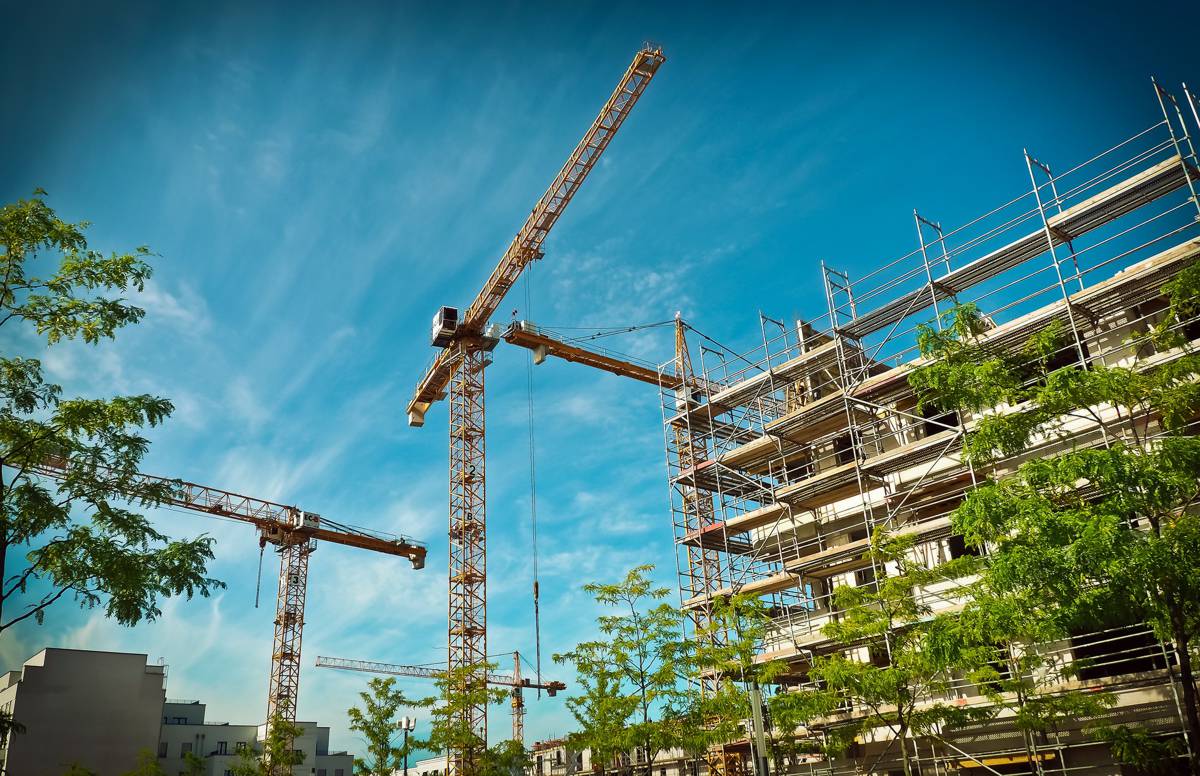Sustainability in Construction – where to Start
Sustainability has become a little bit of a buzzword over the last few years. Businesses everywhere are looking to make their activities more environmentally friendly – and this applies especially in the world of construction, which naturally imposes a sizeable carbon footprint, thanks to the sheer quantity of materials involved.
If you’re looking to make your construction business fit for the 21st century, then there are several changes you might make to improve things. Let’s take a look at a few of them.

Offices
Your office space doesn’t have to be a brand new build in order to be green. In fact, many older buildings can be made fit for purpose without spending a great deal.
It isn’t just the materials and structure of the building that make a difference, but the practices that go on inside it.
Adopting a paperless policy is an effective first step that many businesses have already taken. You might also instate a rule that mandates switching everything off at night. Swapping out existing light bulbs for modern, LED-powered equivalents can save you a considerable amount – but the savings will be smaller if you decide to leave the lights on all night.

Equipment and tools
Modern tools tend to be more energy-efficient than older ones. This benefit will need to be balanced against the carbon footprint of manufacturing something new – especially if the tool uses a lithium-ion battery.
You can look at the energy rating of a tool before you commit to a purchase. Bear in mind that these figures can be easily skewed by the practices your workers adopt. If you end up using your tool for twice as long because of improper technique, then you’ll inevitably end up using more power.
Certain tools, like a cordless impact wrench, are sure to help you get the job done far quicker than if you were using a non-specialised alternative.

Transport
Getting materials from one place to another is an ongoing challenge for construction firms. Given the rising costs of fuel, there’s never been greater pressure on hauliers to use electric vehicles, and black-box hardware to limit emissions and transport costs.
For the most part, you’ll have little control over these factors, beyond your ability to shop around.
You might look into sourcing materials from local suppliers. This way, you’ll have fewer fuel miles attached to your business.

Materials
Aside from the transportation of materials, we should also look at the materials themselves. Some materials, like bamboo, are inherently much more sustainable than alternatives, like steel and concrete.
Timber in general tends to be a great choice for sustainable projects – though you should make sure that you’re sourcing timber that’s been certified by the Forest Stewardship Council.




















